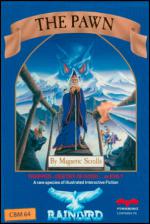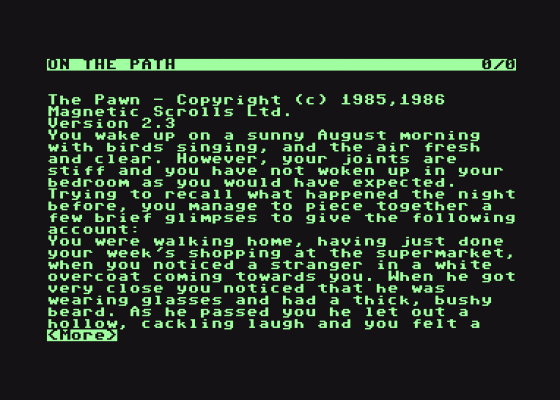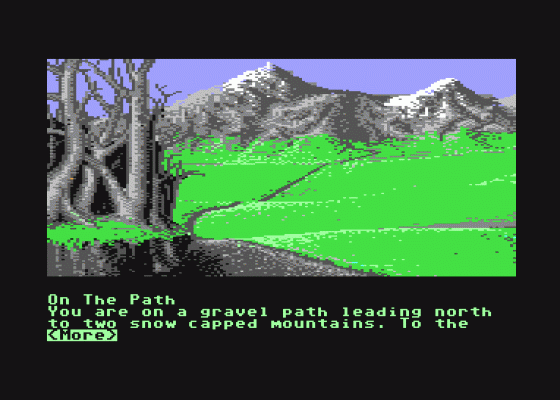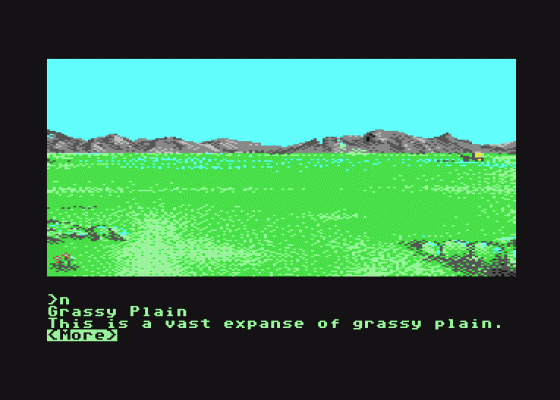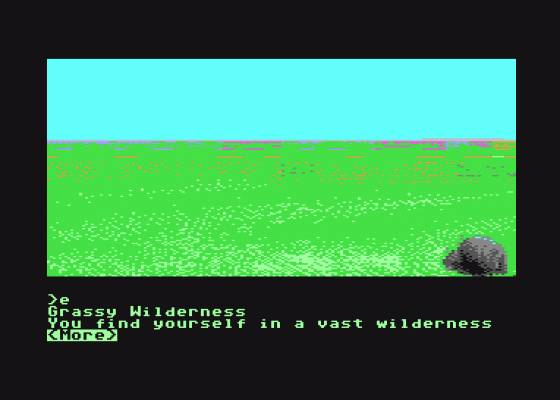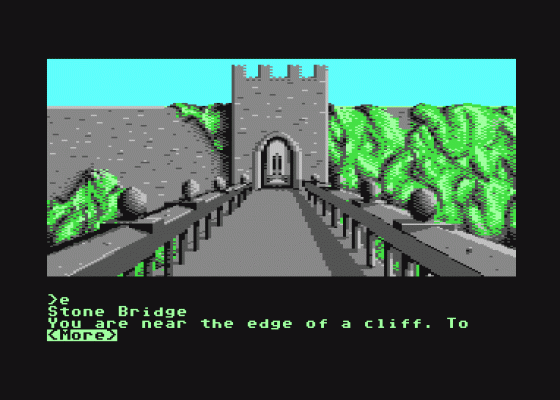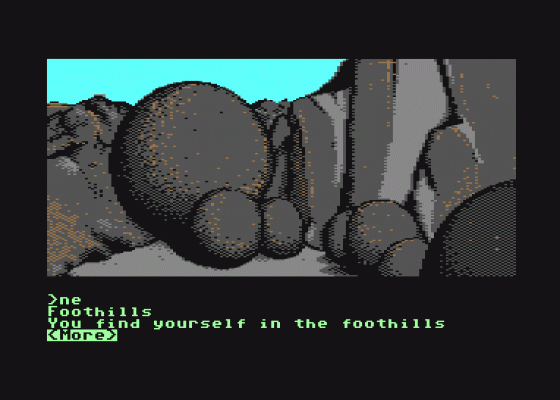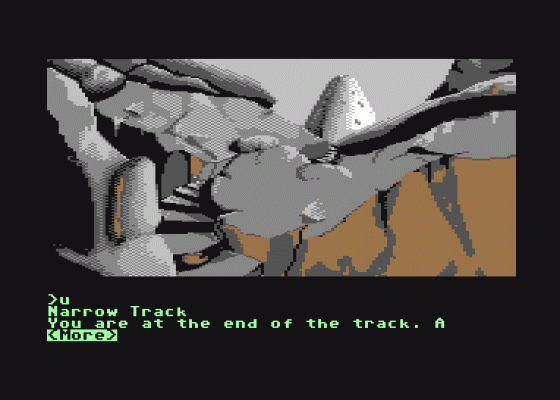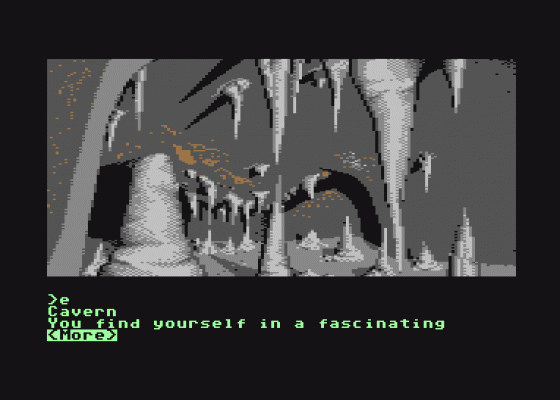Other Reviews Of The Pawn For The Commodore 64
The Pawn (Magnetic Scrolls/Rainbird)
A review by The White Wizard (Zzap)
The Pawn (Rainbird)
A review by Gordon Hamlett (Computer Gamer)
The Pawn (Rainbird)
A review
The Pawn (Rainbird)
A review by Keith Campbell (C&VG)
The Pawn (Rainbird)
A review by Keith Campbell (Commodore User)


 1st October 1986
1st October 1986